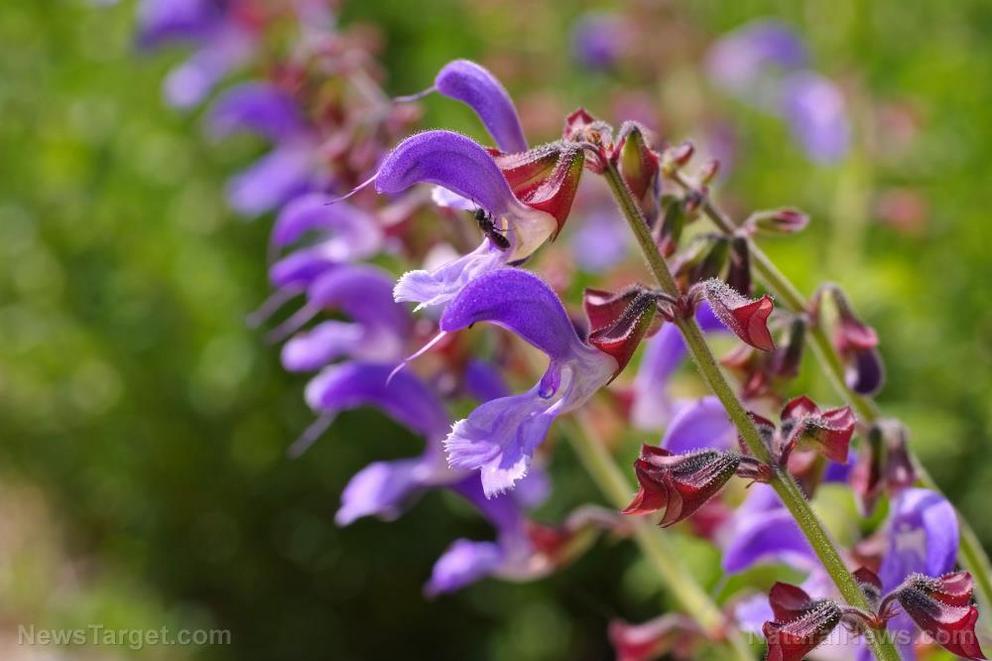Can red sage be protect against diabetic nephropathy?
Diabetic nephropathy, also known as diabetic kidney disease, is a serious complication that can cause chronic kidney disease and end-stage renal disease. This complication is said to be triggered by oxidative stress. Fortunately, researchers from China and Sri Lanka found that this complication can be attenuated with red sage (Salvia miltiorrhiza), or danshen in Chinese medicine, which possesses strong antioxidant properties.
For the study, the researchers evaluated the kidney-protective effect of red sage extract against diabetic nephropathy and analyzed the underlying molecular mechanism in an experimental diabetic nephropathy model. They treated mouse mesangial cells with a high dose of glucose and treated mice with streptozotocin to imitate the hyperglycemic conditions in people with diabetic nephropathy.
The results showed that the treatment with red sage extract reduced metabolic abnormalities linked to hyperglycemic conditions in the experimental diabetic nephropathy model. In streptozotocin-induced mice, red sage extract treatment enhanced renal function, attenuated albuminuria – a symptom of kidney disease – and mitigated the pathological alterations within the glomerulus, a cluster of capillaries around the end of a kidney tubule. In addition, red sage extract also inhibited high glucose-induced reactive oxygen species both in the cells and mice.
Overall, the findings of the study, which were published in The American Journal of Chinese Medicine, suggest that red sage extract may be used to protect the kidneys against diabetic nephropathy due to its powerful antioxidant properties.
Red sage also protects the heart from disease
Another group of Chinese researchers looked at the medicinal properties of red sage, particularly its effect on cardiovascular disease. In China and other Asian countries, red sage is widely used in traditional medicine to treat cardiovascular disease. To verify the potential heart-protective effects of red sage, the researchers carried out a literature review.
In the review, which was published in the journal Current Pharmaceutical Design, they summarized various literature of the historical traditional Chinese medicine interpretation of the action of red sage, its use in current clinical trials, its main phytochemical compounds, and its pharmacological findings. They identified 39 clinical trials that used red sage alone or in combination with other herbs for the treatment of cardiovascular diseases.
Based on the data they gathered, more than 200 compounds have been identified from red sage — most of which exhibit various pharmacological activities. These include Danshensu, salvianolic acid B, protocatechuic acid, catechin, protocatechualdehyde, tanshinone, tanshinone IIA, tanshinone VI, lithospermate B, cryptotanshinone, and polysaccharides — all of which contribute to the cardioprotective effects of red sage through various cell signaling pathways.
Different animal and laboratory studies have demonstrated that red sage could treat and prevent the development of cardiovascular diseases. Red sage and its compounds have been shown to lower high blood pressure, improve cholesterol levels, and restore blood flow after a heart attack or stroke. These results provided a better understanding of the actions of red sage for the management of cardiovascular disorders.
The findings of this review strongly support the notion that red sage has beneficial effects and can be potentially used as an effective alternative remedy for the management of cardiovascular diseases.
For full references please use source link below.

